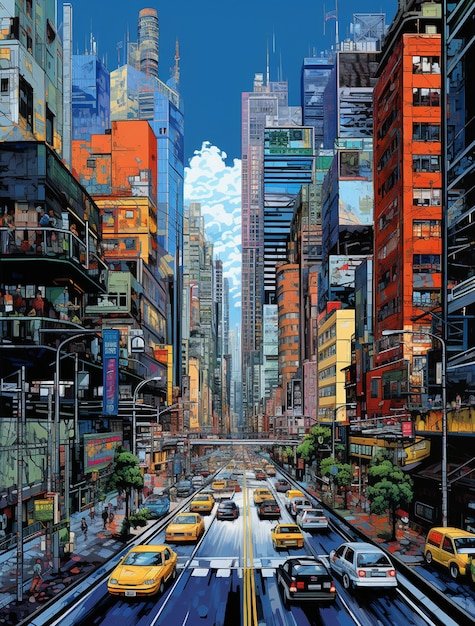
The City of Arts and Sciences in Valencia, built on the dried bed of the Turia River, is probably the most significant modern tourist hotspot in the city. This impressive complex is dedicated to science and culture, featuring five main attractions. These include the Science Museum, which is an innovative hub for interactive science; Oceanografic Valencia, which is Europe’s largest aquarium housing over 500 marine species; and Hemisféric, an IMAX cinema offering digital projections that are particularly appealing to children.
For fans of contemporary architecture, the City of Arts and Sciences is a must-visit. However, its breathtaking design will captivate any visitor. Spanish architect Santiago Calatrava, renowned worldwide, has truly encapsulated Valencia’s inspirational spirit in this unique complex.
The Palau de les Arts Reina Sofía confirms Valencia’s nickname as the city of arts. It stands as a global landmark in the world of theatre, opera, and musicals, attracting some of the most prestigious performances.
The Hemisferic, often referred to as the ‘Eye,’ is one of the most fascinating buildings in the complex. Completed and opened in 1998, it features a ‘pupil’ that houses projection rooms which display images on a 900 square meter concave screen.
The Príncipe Felipe Science Museum invites visitors to explore the evolution of life, science, and technology in an educational, interactive, and enjoyable way.
Another striking feature is the Umbracle, a landscaped viewpoint covering over 17,500 square meters. It offers panoramic views of the entire complex, including its buildings, ponds, pathways, and landscaped areas. The Umbracle also houses the “Paseo de las Esculturas,” an open-air art gallery displaying sculptures by contemporary artists.
The City of Arts and Sciences in Valencia is open every day of the year.